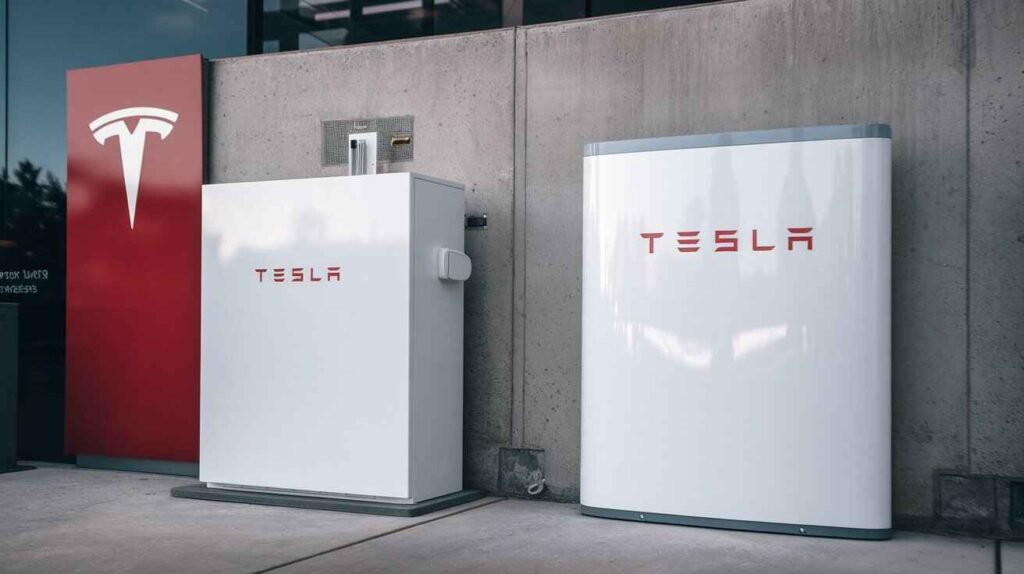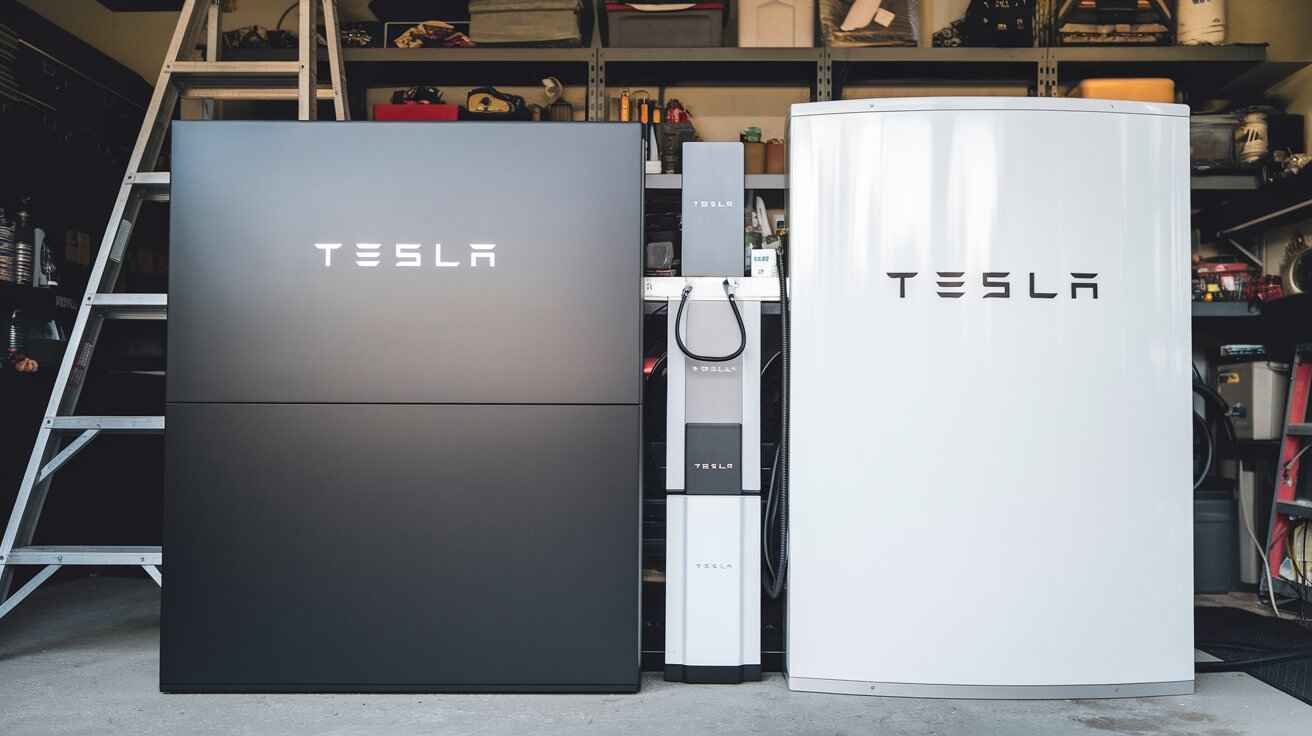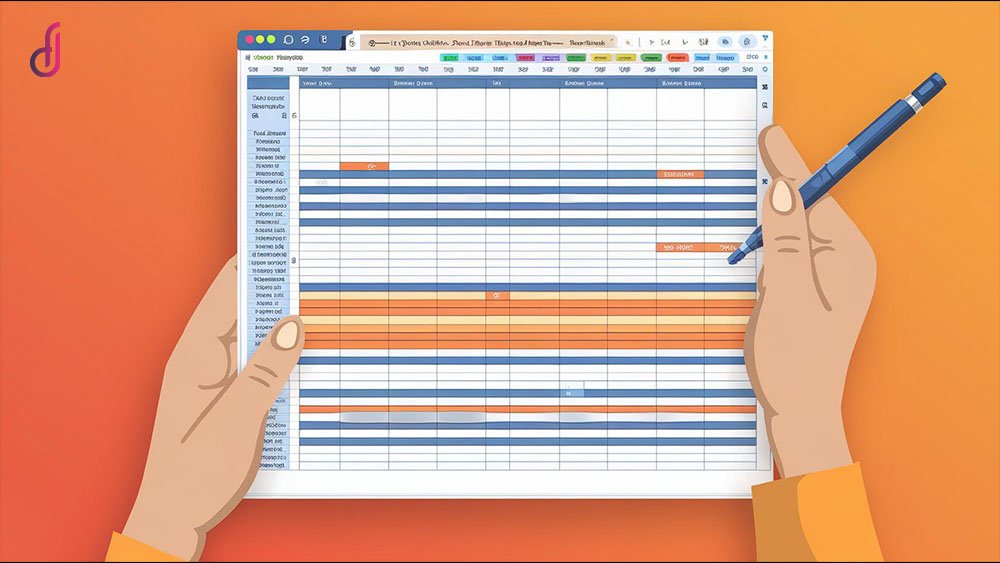The Tesla Powerwall is a game-changer for homeowners seeking green-strength storage. With the advent of Powerwall 3, many are curious approximately the way it stacks up against Powerwall 2 and whether they are like-minded. This article will discover the differences, similarities, Powerwall 3 compatibility with Powerwall 2, supporting making a decision on which model is great for your energy desires.
What Is a Powerwall?
A Powerwall is a chargeable domestic battery that stores energy from solar panels or the electrical grid. It permits homeowners to use stored power in the course of electricity outages or whilst electricity prices are excessive. Tesla Powerwalls are acknowledged for their reliability, efficiency, and potential to maximize domestic energy management.
Powerwall 2 Overview
The Powerwall 2, launched in 2016, offers thirteen. Five kWh of strength storage. It is a famous choice for homeowners searching out backup power and solar electricity storage. The Powerwall 2 is designed to save sufficient power for a maximum number of houses for the duration of outages and gives clever energy management to lessen grid reliance.
Powerwall 3 Overview
The Powerwall 3, the contemporary version, boasts several enhancements over its predecessor, which includes faster charging and higher power output. It is ideal for houses with greater electricity demands and offers a more compact layout. Powerwall three is optimized for larger families and extra superior energy setups.
Which Powerwall Model Should You Choose?
Your choice depends on your cutting-edge electricity setup:
- If you have already got a Powerwall 2: You can’t improve to Powerwall 3, however, you may add every other Powerwall 2 for extra storage potential. This may be your ultimate hazard, as Powerwall 2 will now not be available as soon as stocks run out.
- If you’ve got sun but no battery: Both Powerwall fashions are like-minded with most inverters, so you can choose based totally on your energy desires and area necessities.
- If you have no solar or battery: Start clean. You can pick either version. The Powerwall three is more effective, but the Powerwall 2 continues to be an outstanding option for smaller setups.
Main Similarities & Differences Between Powerwall 2 and Powerwall 3
Similarities
- Energy Storage: Both the Powerwall 2 and Powerwall 3 keep as much as 13. Five kWh of electricity is a commonplace length for domestic batteries.
- Compatibility with Solar Systems: Both are well suited with the most essential sun inverter brands, making them clean to integrate into existing solar structures.
- Smart Software Management: Tesla’s software is utilized in both models to optimize energy storage and management, ensuring efficient energy use in the course of height and rancid-height instances.
- Minimal Maintenance: Both fashions are designed for long-term, hassle-free operation with minimal preservation desires.
- A 100% Depth of Discharge: Both Powerwalls allow you to use a hundred% of their saved strength, maximizing efficiency and lowering waste.
Key Differences Between Powerwall 2 and Powerwall 3
The Powerwall 2 is barely bulkier, at the same time as the Powerwall 3 functions with a sleeker, more compact design that simplifies setup in tight spaces. In phrases of charging pace, the Powerwall 3 fees faster, allowing for faster power garages from sun panels or the grid. Regarding power output, the Powerwall 2 offers a continuous output of five kW, whereas the Powerwall three doubles that to 10 kW, making it perfect for houses with higher energy demands or in the course of extended blackouts. However, neither version has a modular layout, which means that they’re no longer stackable; at the same time, as additional batteries can be delivered, their expandability is confined in comparison to other batteries on the market.
Capacity & Modularity
Both Powerwall models store thirteen.5 kWh of energy, that is enough for most homes. However, the power to increase or stack batteries is restricted. Unlike a few competitors, neither model is modular, which means they aren’t designed to without difficulty stack or enlarge beyond their capacity.
That said, expanding your power storage machine remains viable. You can integrate a couple of Powerwalls for more potential, even though it could require more planning and setup space.

How Many Powerwalls Should You Install?
If you’re looking to boost your electricity storage, right here are your alternatives:
- Option One: Install as many as four Powerwall 3 units, supplying you with a complete power capability of fifty-four kWh. This is enough for homes with huge energy desires.
- Option Two: Install up to 10 Powerwall 2 gadgets, which would provide a complete storage ability of one hundred thirty-five kWh. However, for most homes, this is too much garage.
While Powerwall 2 offers greater flexibility in terms of the number of units, Powerwall 3 gives a higher power output, which can be extra beneficial for some houses.
Depth of Discharge
The intensity of discharge measures how lots saved strength you may simply use. Both Powerwall 2 and Powerwall 3 have an intensity of discharge of 100%, which means you can use all of the saved power without losing energy. This is ideal for owners trying to maximize their energy garage.
Power Output
One of the maximum sizable improvements in Powerwall three is its power output. Powerwall 2 offers five kW of non-stop power output, whilst Powerwall 3 greater than doubles this with 10 kW. This makes Powerwall 3 one of the most effective home batteries in the marketplace, best for larger households or houses that require more electricity in the course of outages.
Can Powerwall 3 Work with Powerwall 2?
Yes, Powerwall three is compatible with Powerwall 2, allowing you to combine both models for multiplied garage and strength output. While you can not update your Powerwall 2 with a Powerwall 3, you may add Powerwall 3 to your device for more electricity control.
Installation Process
Combining Powerwall 2 and Powerwall 3 calls for setup by Tesla-licensed specialists. They will ensure the structures work together seamlessly, imparting you with dependable backup energy and green energy use.
New Features in Powerwall 3
- Higher Power Output: Powerwall 3’s 10 kW power output is a big improvement over Powerwall 2’s 5 kW, making it appropriate for greater electricity-stressful houses.
- Faster Charging: With quicker charging speeds, Powerwall 3 can keep energy extra efficiently during sunny days or off-top grid times.
- Compact Design: Powerwall three’s sleeker layout makes it less difficult to install in smaller spaces, ideal for houses in which area is restricted.
Conclusion: Which Powerwall Should You Go For?
Your choice among Powerwall 2 and Powerwall 3 depends on your contemporary sun setup, electricity needs, and destiny growth plans. For smaller houses or people with slight strength needs, the Powerwall 2 stays a first-rate alternative. However, if you require extra strength, quicker charging, and a more compact layout, Powerwall 3 is the clear desire.
Both fashions are dependable, and green, and offer seamless backup strength for your private home. Whether you choose to mix them or stay with one model, you’ll experience the benefits of Tesla’s smart electricity management and backup system.
FAQs
Can I deploy a Powerwall 3 with my Powerwall 2?
Yes, Powerwall three is well matched with Powerwall 2, and each may be blended for more energy storage and power output.
What is the primary difference between Powerwall 2 and Powerwall 3?
The main distinction is the electricity output. Powerwall 2 has a non-stop output of 5 kW, while Powerwall three offers 10 kW, doubling the power ability.
How many Powerwalls can I set up?
You can install up to 4 Powerwall 3 units or 10 Powerwall 2 devices, depending on your storage wishes.
Is Powerwall 3 greater green than Powerwall 2?
Powerwall three gives faster charging, a sleeker design, and better power output, making it extra green for homes with better strength needs.
Is Powerwall 2 nevertheless a good choice?
Yes, Powerwall 2 remains a superb choice, especially for houses with moderate electricity desires. However, once it’s out of stock, it’s going to not be to be had.
Also Read: Port Hub: Expanding USB Connectivity for Multiple Devices








2 Responses